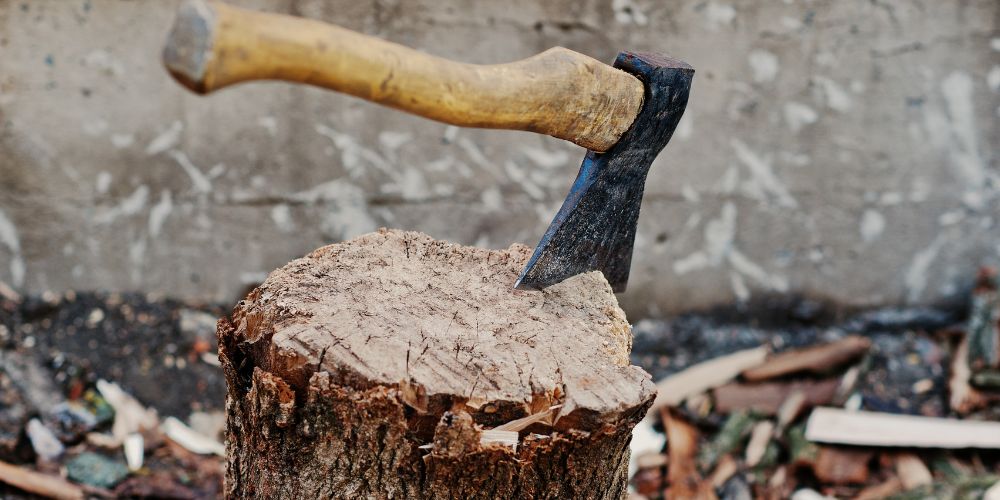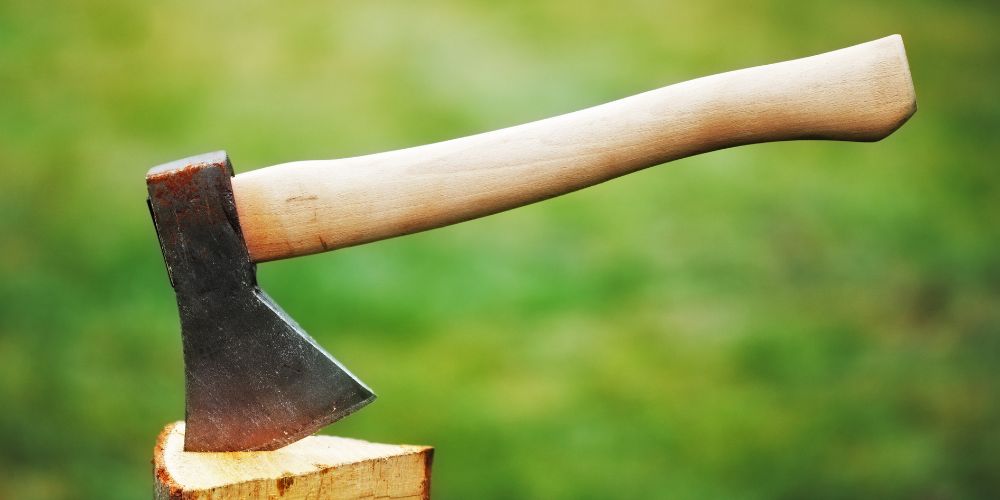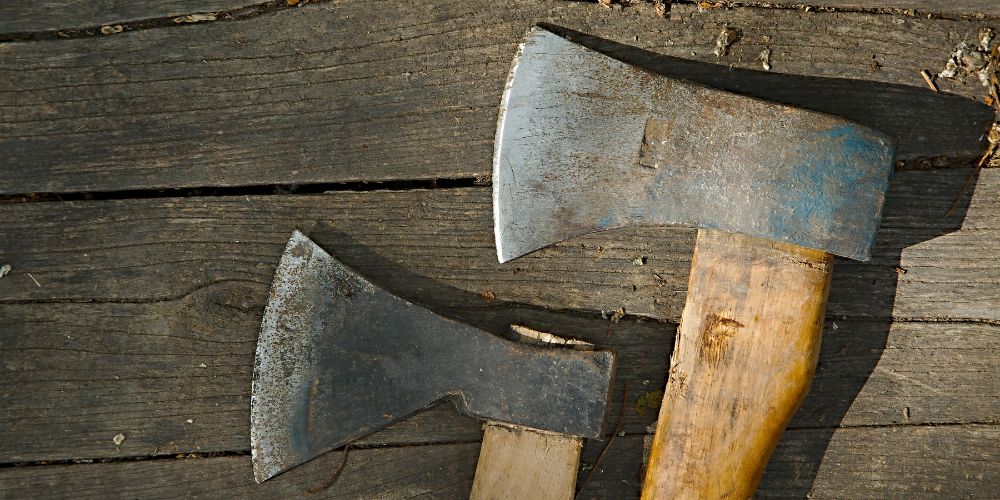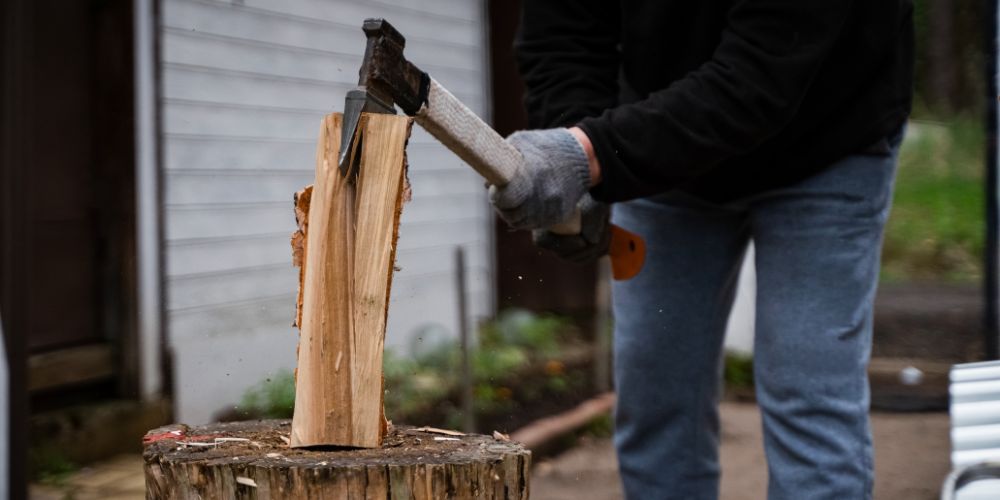Overview
Axe handles need to be made using the right shaping methods, precise measurements, and carefully chosen wood. The wood should be robust and long-lasting, like hickory or ash.
The length, thickness, and curve of the handle must be carefully calculated and molded to fit the axe head. After shaping, the handle needs to be smoothed down and finished to provide weather resistance.
How to Make a Axe Handle
Axe handles need to be made using the right shaping methods, precise measurements, and carefully chosen wood. You should follow these methods to create an effective and robust handle for your axe:
Wood selection
The wood should be robust and long-lasting, like hickory or ash. These woods are renowned for their resilience in the face of pressure and heavy use. A piece of wood with a straight grain and no knots or flaws should be used. Pick a piece of wood that is approximately 36 inches long and 2-3 inches in diameter as a general rule.
Measuring and marking
To suit the axe head, the handle must be precisely sized and marked. First, mark the middle of the width of the axe head on the top of the wood. After that, set the axe head down on the wood and draw a pencil outline around it.
Mark the handle’s centerline from top to bottom using a straight edge. Mark the handle’s length after that based on your preferences.

Shaping the handle
The length, thickness, and curvature of the handle must be carefully adjusted to fit the axe head. To trim the surplus wood and form the handle, use a spokeshave or a draw knife. To begin, cut the wood into a rough octagonal shape by removing the corners.
The handle can then be shaped by starting from the centerline and moving outwards. As you form the handle, make sure the axe head fits properly by constantly checking the fit. To ensure a secure grasp, the handle should be thicker at the top and progressively taper toward the bottom.
Sanding and finishing
After the handle has been shaped, it needs to be treated with sandpaper to provide a smooth surface and provide weather resistance. Sand the handle with coarse sandpaper first, then go to finer grits as you go. To prevent scratches, sand the handle in the direction of the grain. To protect the handle from wear and moisture, treat it with boiled linseed oil or a wood sealant.
Keep in mind that crafting an axe handle takes time and careful attention to detail. To make a handle that is both attractive and useful, take your time and be meticulous.
FAQs
1. What type of wood is best for making an axe handle?
Hickory and ash are the most commonly used woods for making axe handles. Both are strong, durable, and able to withstand the impact and stress of heavy use.

2. Do I need any special tools to make an axe handle?
While specialized tools can make the job easier, you can make an axe handle with just a few basic tools such as a saw, a draw knife or spokeshave, and sandpaper.
3. How long does it take to make an axe handle?
The time it takes to make an axe handle can vary depending on your skill level and the tools you have available. It can take anywhere from a few hours to a day or more to complete the project.
4. How do I know if my axe handle is the right size?
The length and thickness of the handle should be comfortable for your grip. A good rule of thumb is to measure from your elbow to your fingertips to determine the length of the handle. The thickness should be thicker at the top and gradually taper toward the bottom to provide a comfortable grip.
Conclusion
Axe handles need to be made using the right shaping methods, precise measurements, and carefully chosen wood. The wood should be robust and long-lasting, like hickory or ash. The length, thickness, and curve of the handle must be carefully calculated and molded to fit the axe head.
To ensure a smooth surface and weather resistance, the handle must be polished after shaping. Avoid typical errors including selecting the incorrect sort of wood, overshaping the handle, and skipping upkeep.







